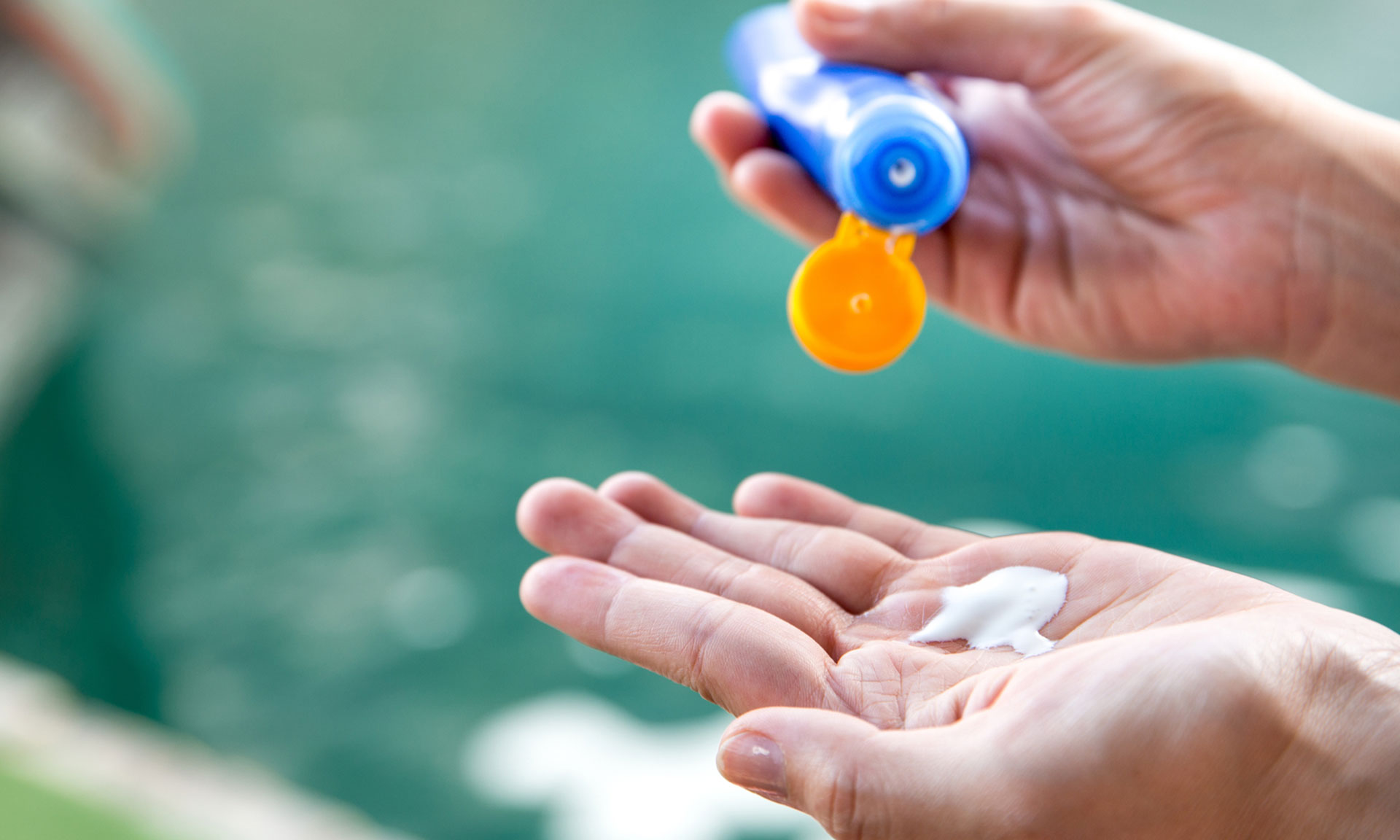By clicking a retailer link you consent to third-party cookies that track your onward journey. This enables W? to receive an affiliate commission if you make a purchase, which supports our mission to be the UK's consumer champion.
Why you still need sun cream this summer

The UK isn't exactly best known for idyllic warm weather, but it's still sunny enough for you to need sun cream regularly over the summer months - especially when those hot spells hit.
Sun cream is often something we associate with summer holidays abroad, but while the prospect of overseas travel this year may not be on the cards for many of us, that doesn't mean you should neglect your sun protection stocks.
We've tested 14 of the UK's popular sun creams to see whether they offer the level of protection they claim.
Head to our reviews to discover which sun creams passed our SPF tests and which ones were rated highly by our testers.
When do you need sun cream in the UK?
Many of us will only reach for sun cream on the hottest sunny days or when we've enjoying time at the beach.
But it's not just the weather or the temperature that dictate whether you should use sun cream - that really comes down to the UV Index. This indicates the strength of ultraviolet (UV) radiation on any given day.
The UV Index starts at zero and goes as high as 20, although it rarely exceeds eight in the UK. Experts recommend using sun cream whenever it hits three or greater - common over summer, but possible as late as October. And that isn't just in the south of England.
How frequently is sun cream needed in the UK?

Our map shows the number of days the UV Index hit three or more in different parts of the UK in 2019.
In Leeds, the UV Index hit three or higher for more than five months of the year. Down in Cornwall that becomes six months.
So if you'll be outside for much of the day, it's important to check the UV index and cover up or use sun cream if needed, especially on those parts of you that are exposed the most such as your face, ears and shoulders.
Learn more about the UV Index and sun protection in our sun creams explainer, including how much you need to use to stay protected.
What about vitamin D?

Low levels of vitamin D are common in the UK over winter, affecting around a fifth of the population.
Some people worry that using sun cream might prevent them from getting enough vitamin D, but this isn't the case unless you really overdo it.
From April to September, when the UV Index is generally higher, it takes 10 to 15 minutes of sun exposure each day for those with fair-to-olive skin to get enough vitamin D. It takes longer for those with darker skin that rarely burns - it can take 25-40 minutes for the darkest skin type.
If you're going to be out in the sun longer than this and the UV Index is three or more, use sun cream. Learn more using our guide to vitamin D deficiency and sun creams.
Over winter, it's not possible to get enough vitamin D from the sun alone in the UK, which means relying on dietary sources. As it's not common in foods, Public Health England (PHE) suggests that people take a daily supplement containing 10u00b5g of vitamin D in autumn and winter.
If you've had to stay indoors more over the summer months due to 'stay-home' measures, you may also want to consider a vitamin D supplement.
Best and worst sun creams

Part of staying protected in the sun is picking a product that you can rely on.
We tested a range of factor 30 sun creams, comparing the big brands, such as Garnier, Hawaiian Tropic and Nivea, with own-brand products from Boots and Superdrug.
As well as checking that the UV protection of each product meets international standards, we assembled a panel of triallists to assess how each sun cream felt and looked on the skin.
We know that some sun creams make skin feel sticky and greasy - and are just generally a hassle to use - so we also assessed how nice each product is to apply.
With prices ranging from £3 up to £6.50 for a bottle, we've found that it's not always the pricey products that offer the best protection.
Is it worth grabbing a cheap lotion from Morrisons or Wilko? Check our list of Best Buy sun creams for the ones you can rely on for both sun protection and smooth skin.

